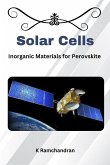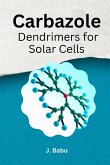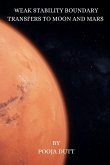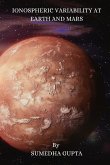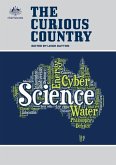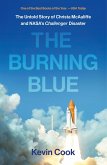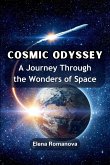This research work focuses on development of algorithms for automated methods applied to Lunar impact craters utilizing imagery and DEM datasets obtained from various Lunar missions. Our work can be summarized into four categories of algorithms namely for automatic detection of Lunar craters from optical or DEM image; automatic classification of Lunar craters according to their modification stages; automatic determination of morphometric parameters of craters and simulation of dependencies of projectile and target properties on impact crater formation mechanism. The objectives aimed upon and achieved in this study are summarized as: I. Propose a robust and efficient crater detection algorithm for optical as well as DEM images a. Perform objective and subjective analysis of edge detection operators b. Implement commonly used crater detection techniques to provide common platform for comparison c. Validation of invariances of SIFT representation We propose a crater detection technique comprising of two phases employing both unsupervised and supervised techniques. In the first phase, crater candidates are identified using a memory efficient circle fitting algorithm with modifications to reduce false detections. The prospective craters detected are fed to the second phase wherein the crater detection problem is implemented as an image classification problem classifying into crater/non-crater category. We propose classification framework which extracts local features from image using Scale Invariant feature transform followed by sparse coding, pooled using Spatial Pyramid matching and classified by SVM classifier. II. Present a Novell framework for automatic determination of morphometric parameters of Lunar craters This study focuses on development of algorithms for automatically determining morphometric parameters from a given crater image. The morphometric parameters under study are diameter(D), depth(d), rim width(w) and rim height (h).. III. Automatic classification of crater according to its modification stage as fresh/degraded/floor-fractured

